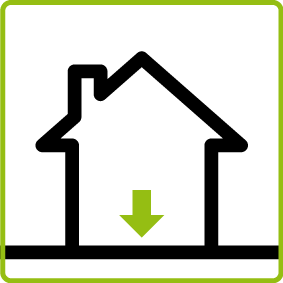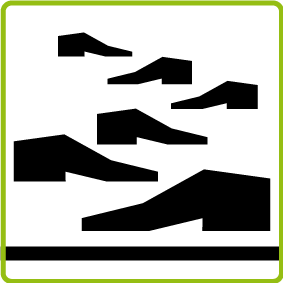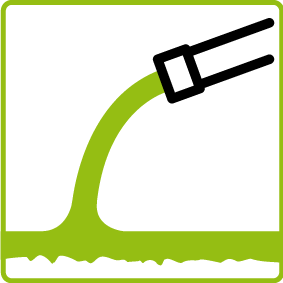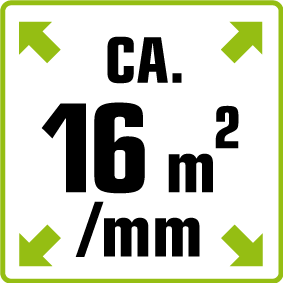FLC730 omniflow
Levelling mortars
Applications
As a leveling compound suitable for all common types of floor coverings such as ceramic and natural stone tiles, screed, carpet, PVC, cork, rubber and parquet etc. Suitable for leveling (heated) substrates such as concrete, cement-based screeds, cast floors and existing tiles. Already walkable after approx. 4 hours. Can be tiled after approx. 8 hours. For other coverings, wait at least 12 hours. This is a highly fluid mortar that produces a smooth finish once cured. The mortar can be pumped (you are advised to first seek advice regarding the type of pump). It forms a low-stress layer; cracking is practically impossible with layer thicknesses up to 15 mm. Thicker layers can be applied in multiple steps. Suitable for interior work.







Getting started with FLC730 omniflow
Certificates and documents
Download the documents available from this specific product here.
Additional documents
Can't find the right certificate?
Contact usLet us help you out
Why is it important to prepare the surface?
- you can often finish it with a simple primer.
- OR you may have to further remove the surface, for example in the case of loose parts.
- OR you still have to pre-process by so-called dust-free “shot blasting”. This removes the top layer and any contamination from the surface and "roughens it", or increases the surface area for better adhesion. Excellent for all kinds of leveling compounds and screed floor mortars to adhere to.
What is the difference between a leveling and renovation mortar?
In many cases, a renovation mortar is a product with a comparable processing as a leveling mortar, but a renovation mortar can handle a greater layer thickness. And sometimes renovation mortars are provided with additional additives or auxiliary materials to make them more suitable for floors with different substrates or widely varying layer thicknesses in a floor field.
What temperature should the subfloor be during leveling?
During processing it is necessary to keep the temperature of the subfloor, space and material between 15 °C and 25 °C. In addition, the relative 65% of the lager must be before, during and a few days after maceration!









